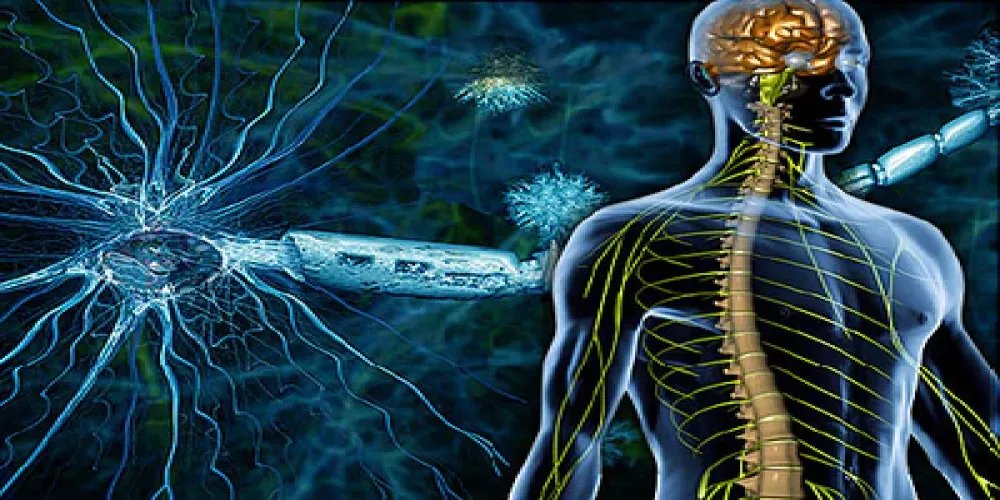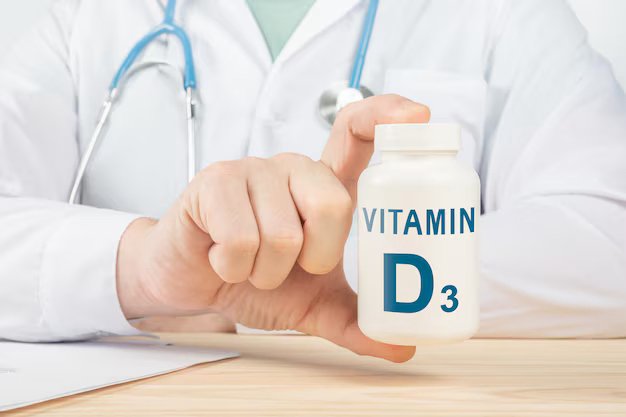In the battle between humans and bacteria, one of the most alarming developments in recent years is the emergence of antibiotic-resistant bacteria. These microscopic invaders have evolved to withstand even the most potent antibiotics, posing a significant threat to global health. With millions of lives at stake, it’s crucial to understand the causes of antibiotic resistance, the dangers it presents, and the solutions we must pursue to combat this growing problem.
What Are Antibiotic-Resistant Bacteria?
Antibiotic-resistant bacteria are strains of bacteria that have developed the ability to survive exposure to antibiotics that would normally kill them or stop their growth. This resistance can occur naturally through mutations, but the overuse and misuse of antibiotics in humans, animals, and agriculture have accelerated the process, creating “superbugs” that are difficult, if not impossible, to treat.
How Do Bacteria Become Resistant?
Bacteria develop resistance in several ways:
- Mutations: Random genetic changes can give bacteria the ability to withstand antibiotics.
- Gene Transfer: Bacteria can share resistance genes with each other through a process called horizontal gene transfer, spreading resistance even among different bacterial species.
- Overuse of Antibiotics: When antibiotics are used excessively or incorrectly, such as for viral infections like colds, bacteria are exposed to these drugs unnecessarily, giving them more opportunities to adapt and become resistant.
Common Types of Antibiotic-Resistant Bacteria
Some of the most dangerous antibiotic-resistant bacteria include:
- Methicillin-resistant Staphylococcus aureus (MRSA): Once easily treated, MRSA is now a leading cause of difficult-to-treat infections in hospitals and communities.
- Carbapenem-resistant Enterobacteriaceae (CRE): This family of bacteria is resistant to carbapenems, a last-resort class of antibiotics.
- Vancomycin-resistant Enterococci (VRE): VRE can cause infections in the urinary tract, bloodstream, or wounds, particularly in hospitalized patients.
- Multidrug-resistant Tuberculosis (MDR-TB): Tuberculosis strains resistant to multiple antibiotics make treatment difficult and prolonged.
The Dangers of Antibiotic Resistance
The rise of antibiotic-resistant bacteria threatens to undo decades of medical progress. Without effective antibiotics, routine surgeries, cancer treatments, and organ transplants would become far riskier due to the high risk of untreatable infections. The World Health Organization (WHO) has called antibiotic resistance one of the greatest threats to global health, food security, and development today.
Some key dangers include:
- Untreatable Infections: As resistance spreads, infections that were once easily treatable with antibiotics may become deadly.
- Longer Hospital Stays: Resistant infections can lead to prolonged illnesses, requiring longer and more expensive hospital stays.
- Increased Mortality: According to the Centers for Disease Control and Prevention (CDC), over 35,000 people in the U.S. alone die annually from antibiotic-resistant infections.
How Can We Combat Antibiotic Resistance?
Tackling antibiotic resistance requires a multi-faceted approach:
- Reduce Unnecessary Antibiotic Use: Limiting the use of antibiotics in both healthcare and agriculture is critical. Prescribing antibiotics only when absolutely necessary can help slow the spread of resistance.
- Promote Good Hygiene and Infection Prevention: Basic hygiene practices, such as regular handwashing and disinfecting surfaces, can reduce the spread of infections, thereby decreasing the need for antibiotics.
- Develop New Antibiotics: Pharmaceutical companies and research institutions must invest in the development of new antibiotics and alternative treatments, such as bacteriophages, which use viruses to target bacteria.
- Global Cooperation: Antibiotic resistance is a global issue that requires coordinated efforts between governments, healthcare providers, and public health organizations. Policies to regulate antibiotic use and incentivize research into new treatments are essential.
- Public Education: Educating the public about the risks of overusing antibiotics and the importance of following prescribed treatments can help prevent the misuse of these drugs.
Conclusion: The Need for Immediate Action
The rise of antibiotic-resistant bacteria is a crisis that cannot be ignored. It threatens to undo the incredible advances made in modern medicine and put millions of lives at risk. By understanding the causes of resistance, promoting responsible antibiotic use, and investing in new treatments, we can slow the spread of these dangerous superbugs. The time to act is now, before we face a future where common infections become deadly once again.
References:
- Centers for Disease Control and Prevention (CDC). “Antibiotic / Antimicrobial Resistance.” cdc.gov
- World Health Organization (WHO). “Antibiotic Resistance.” who.int
- Mayo Clinic. “Antibiotic Resistance: What You Need to Know.” mayoclinic.org




